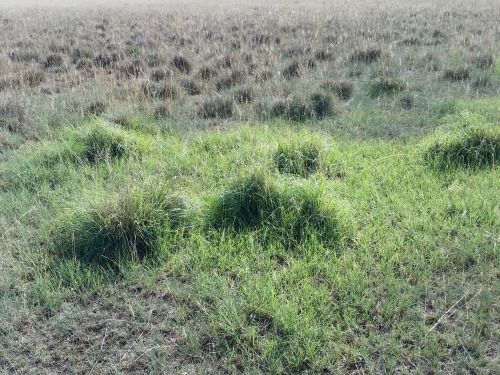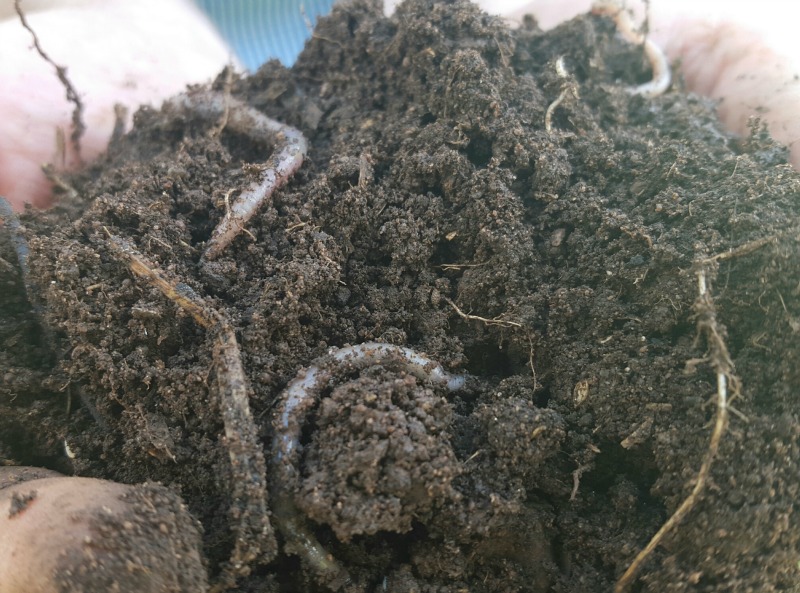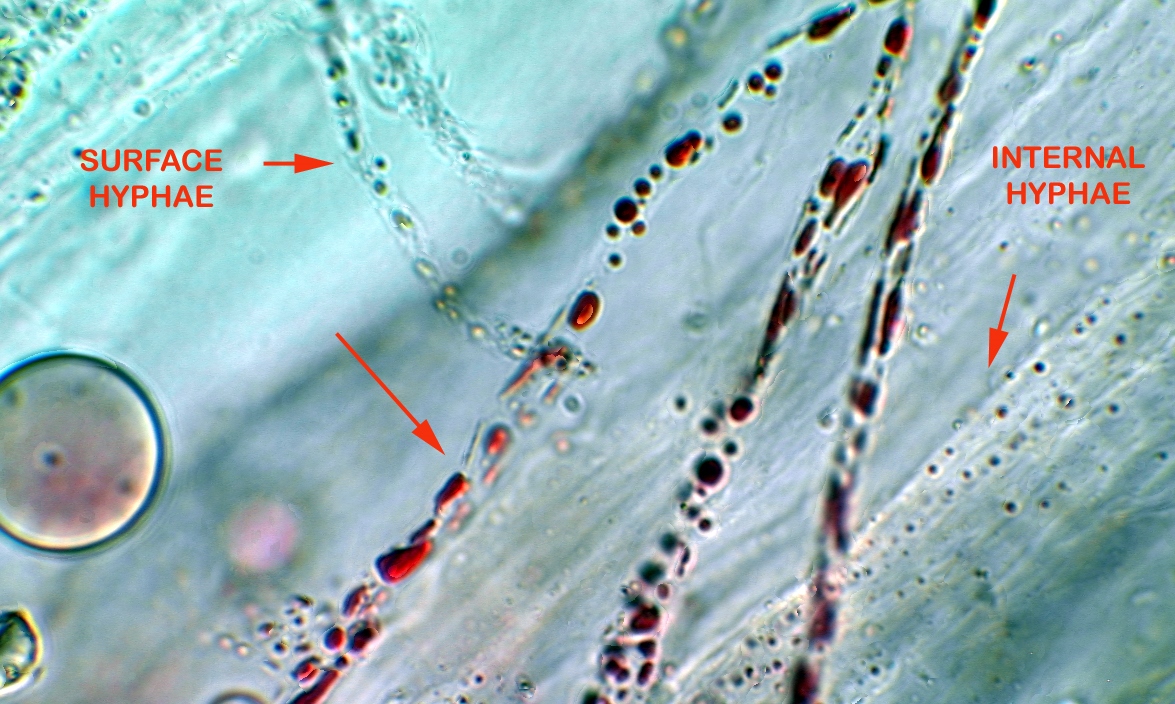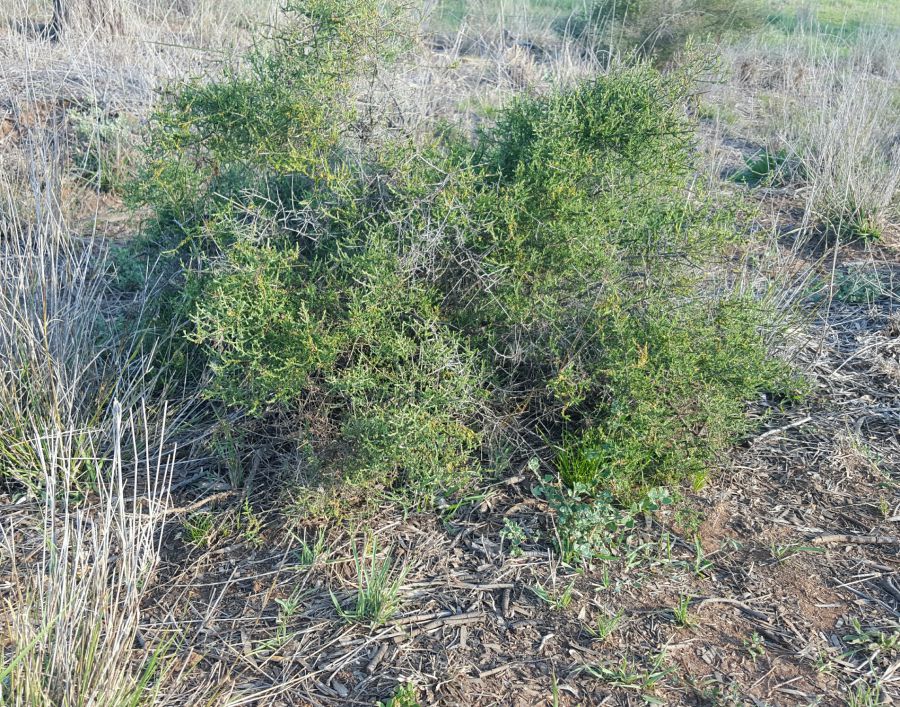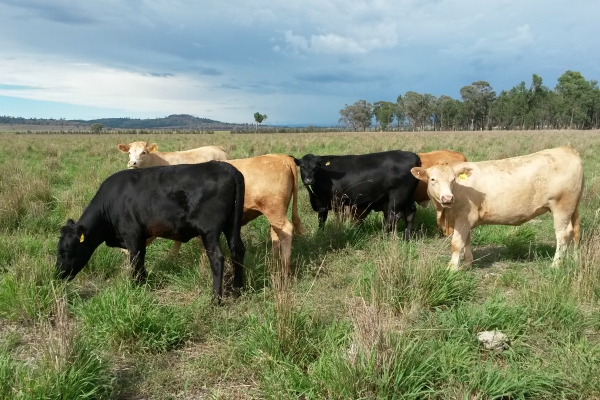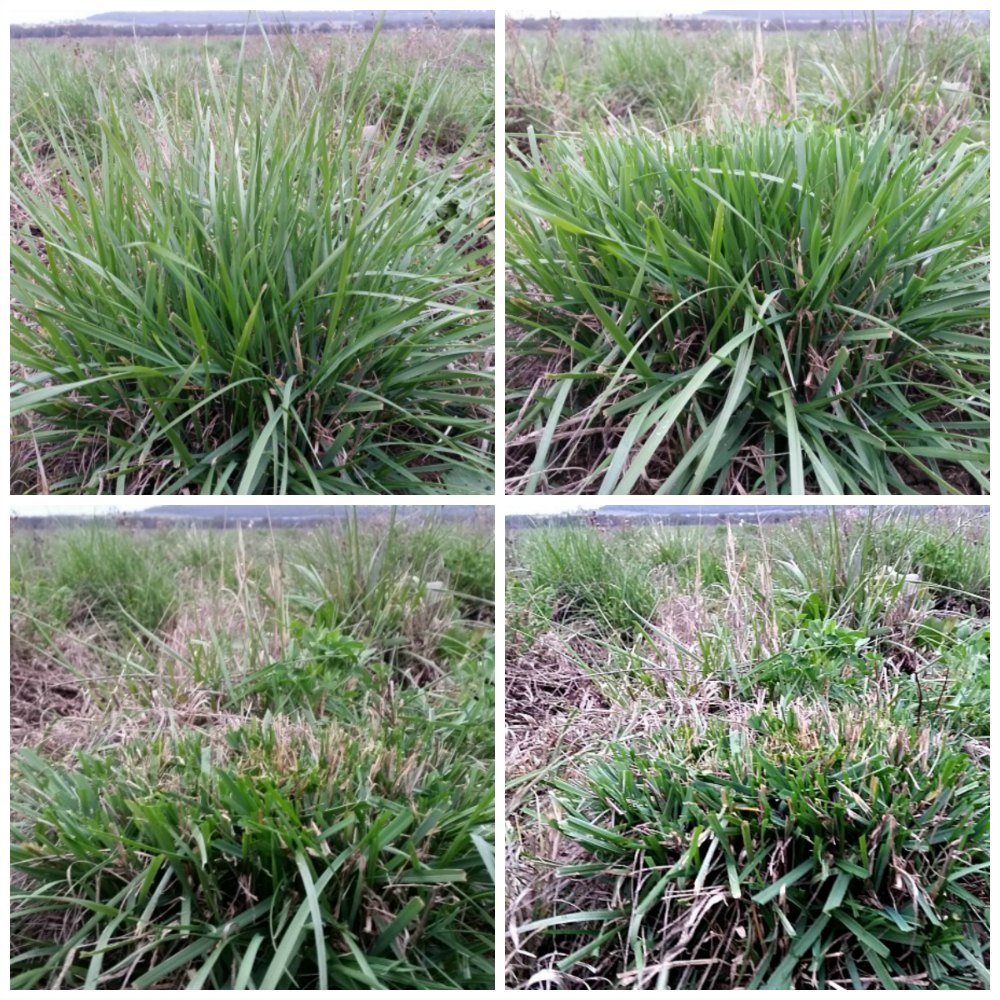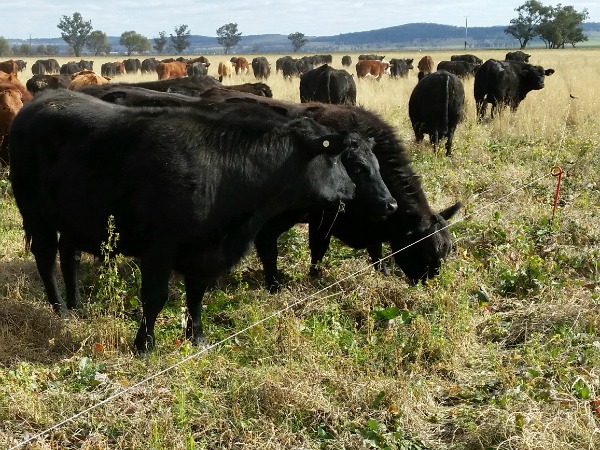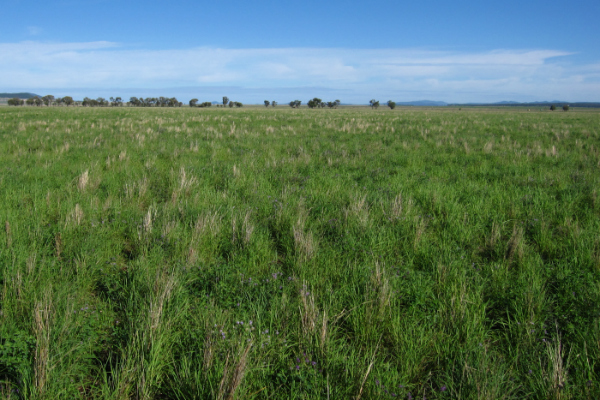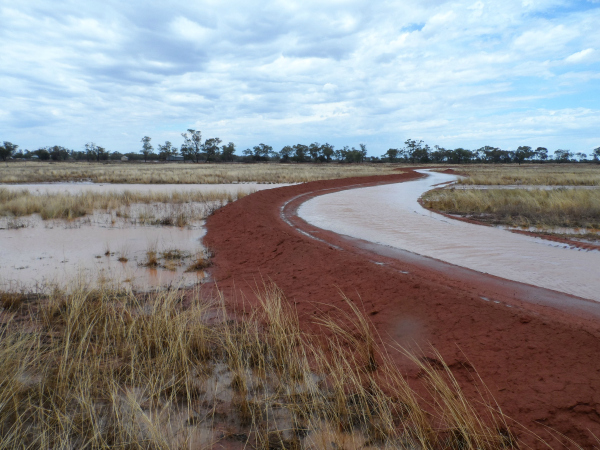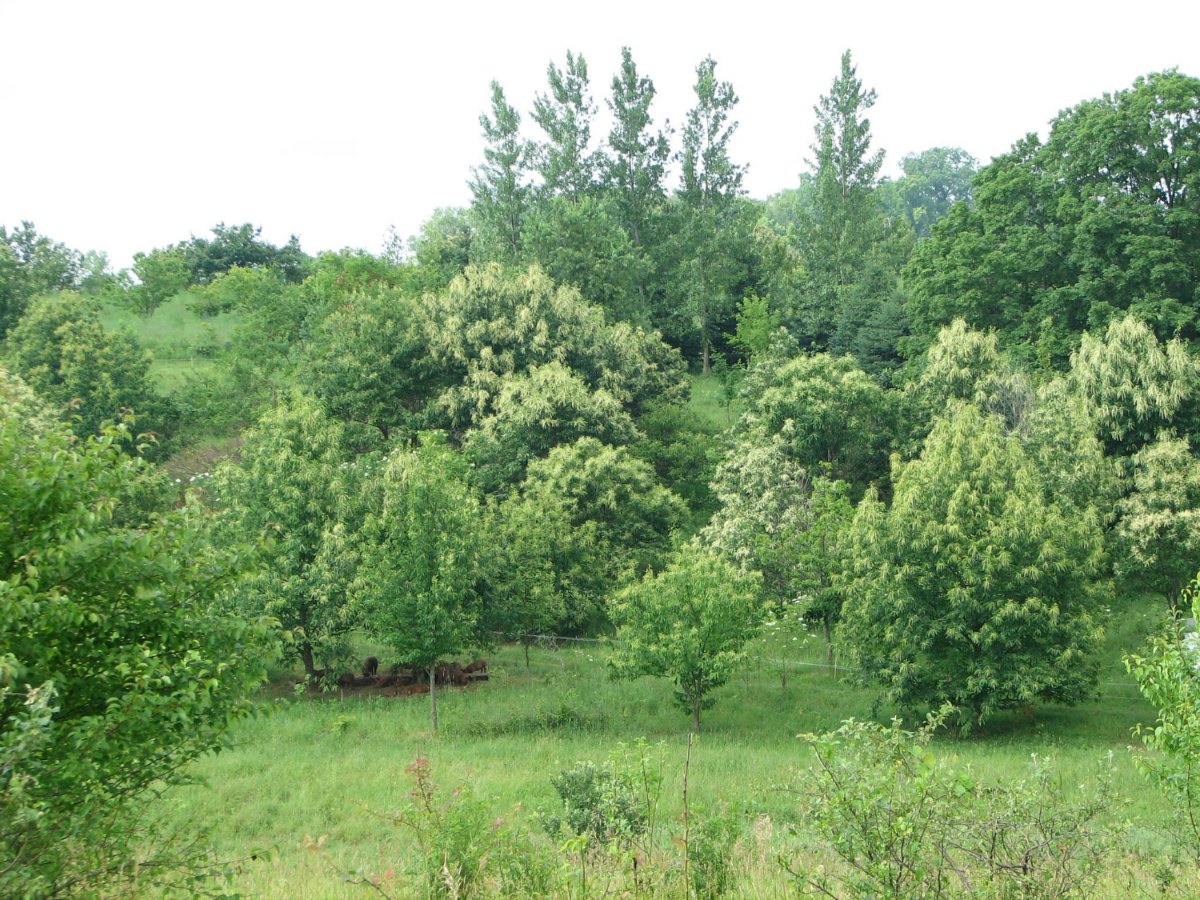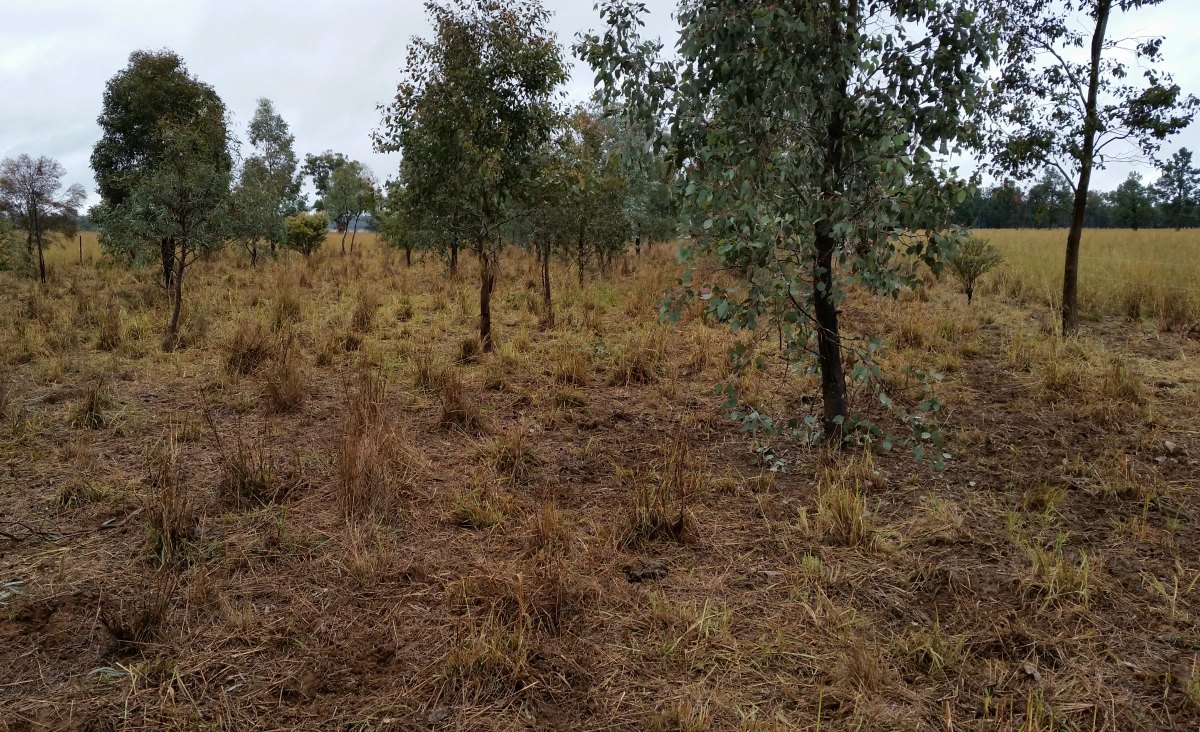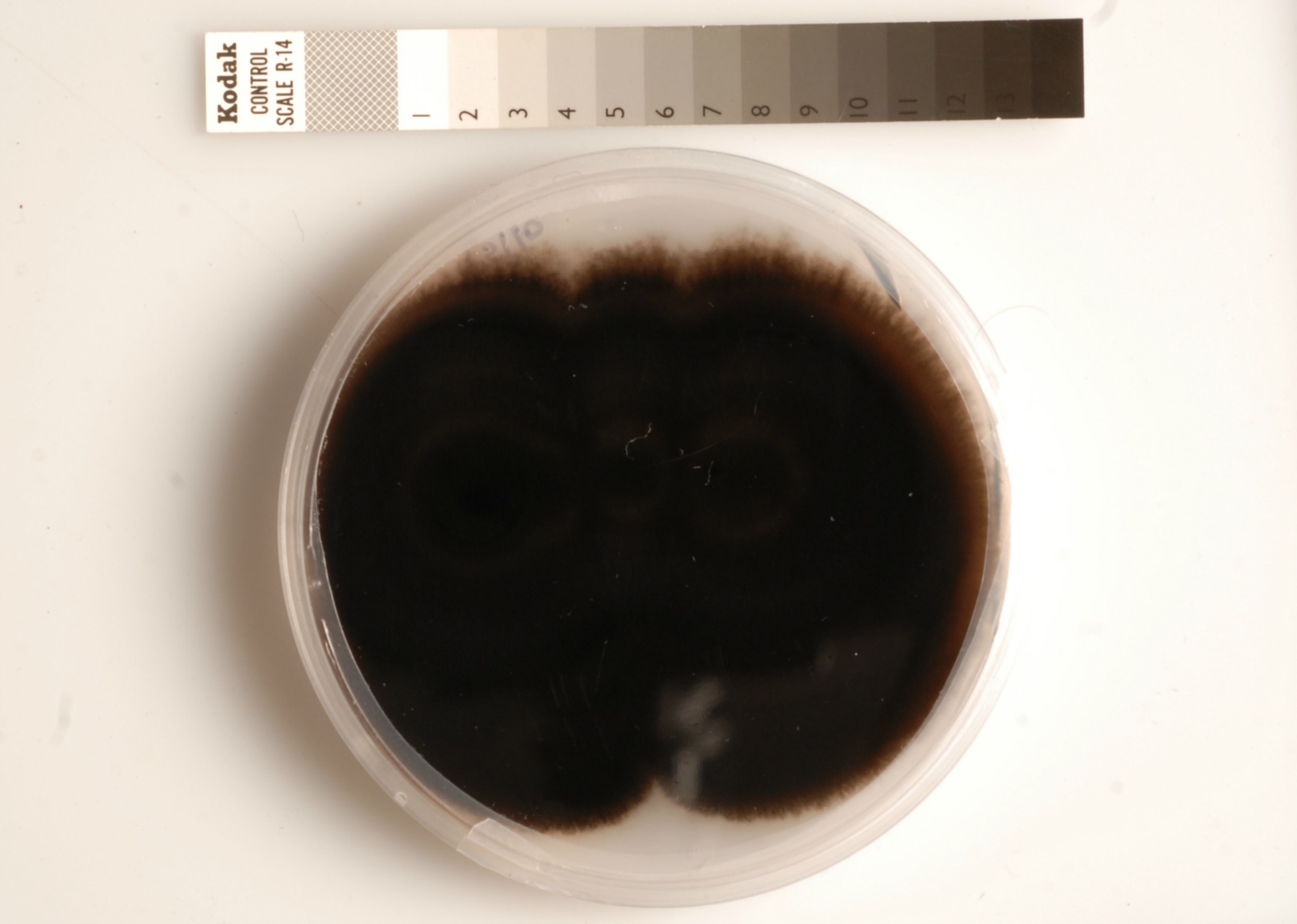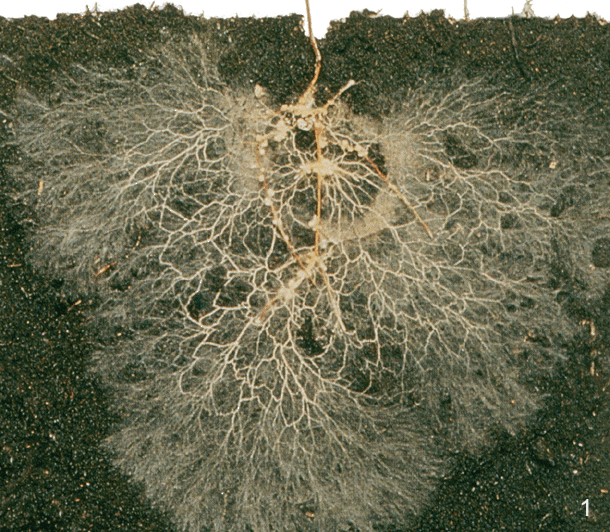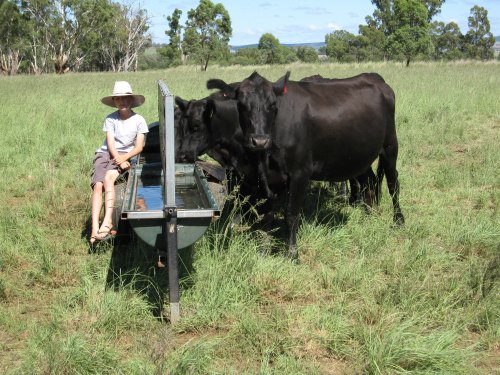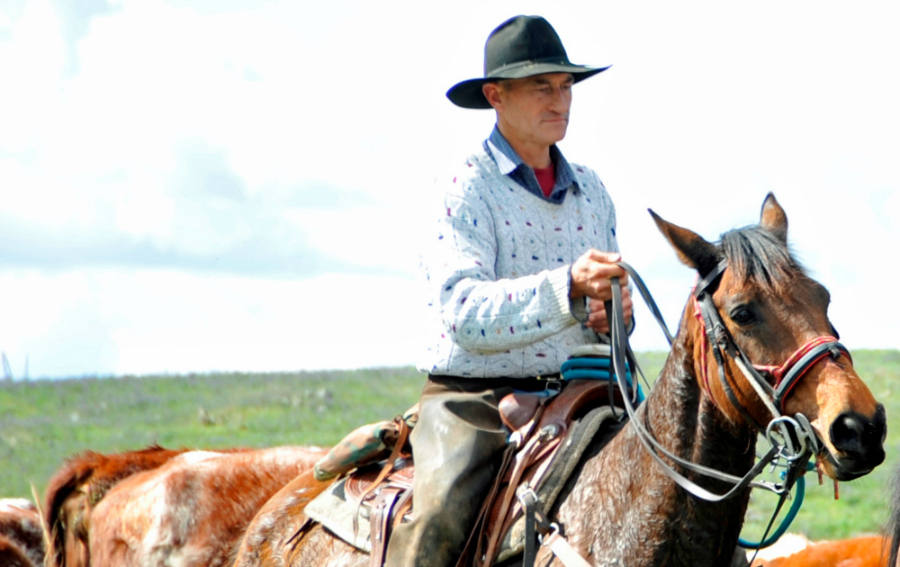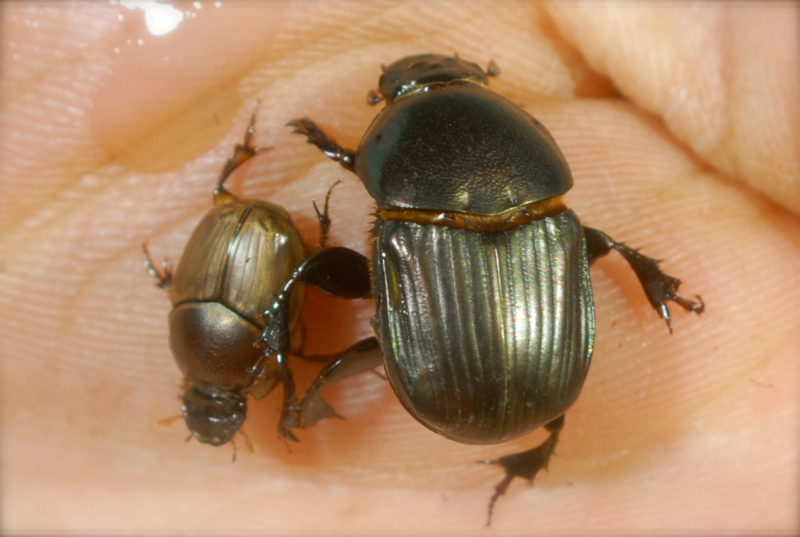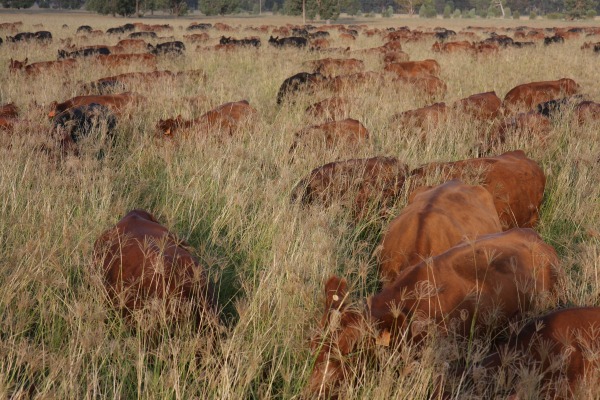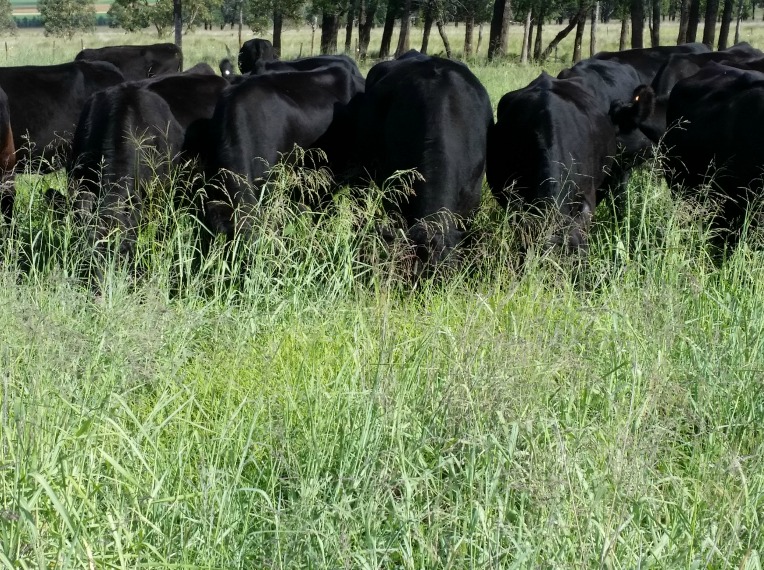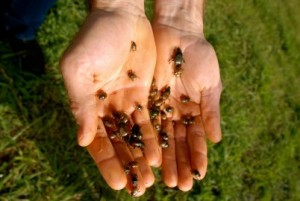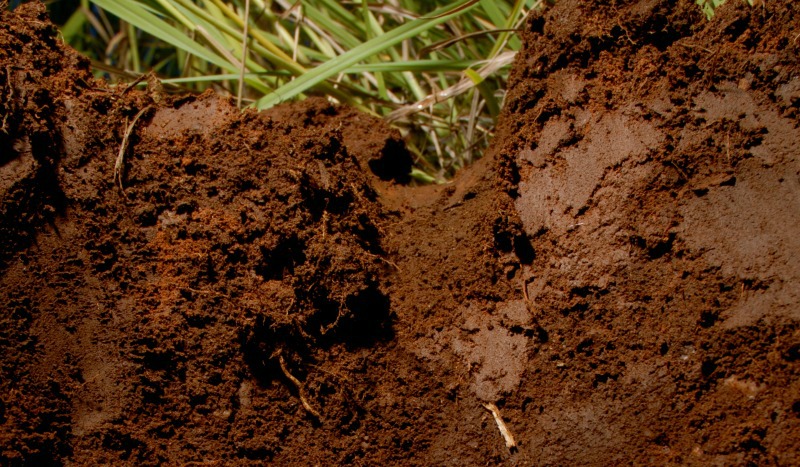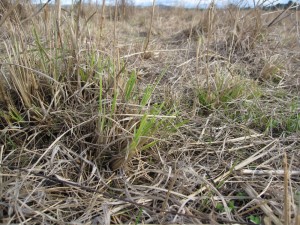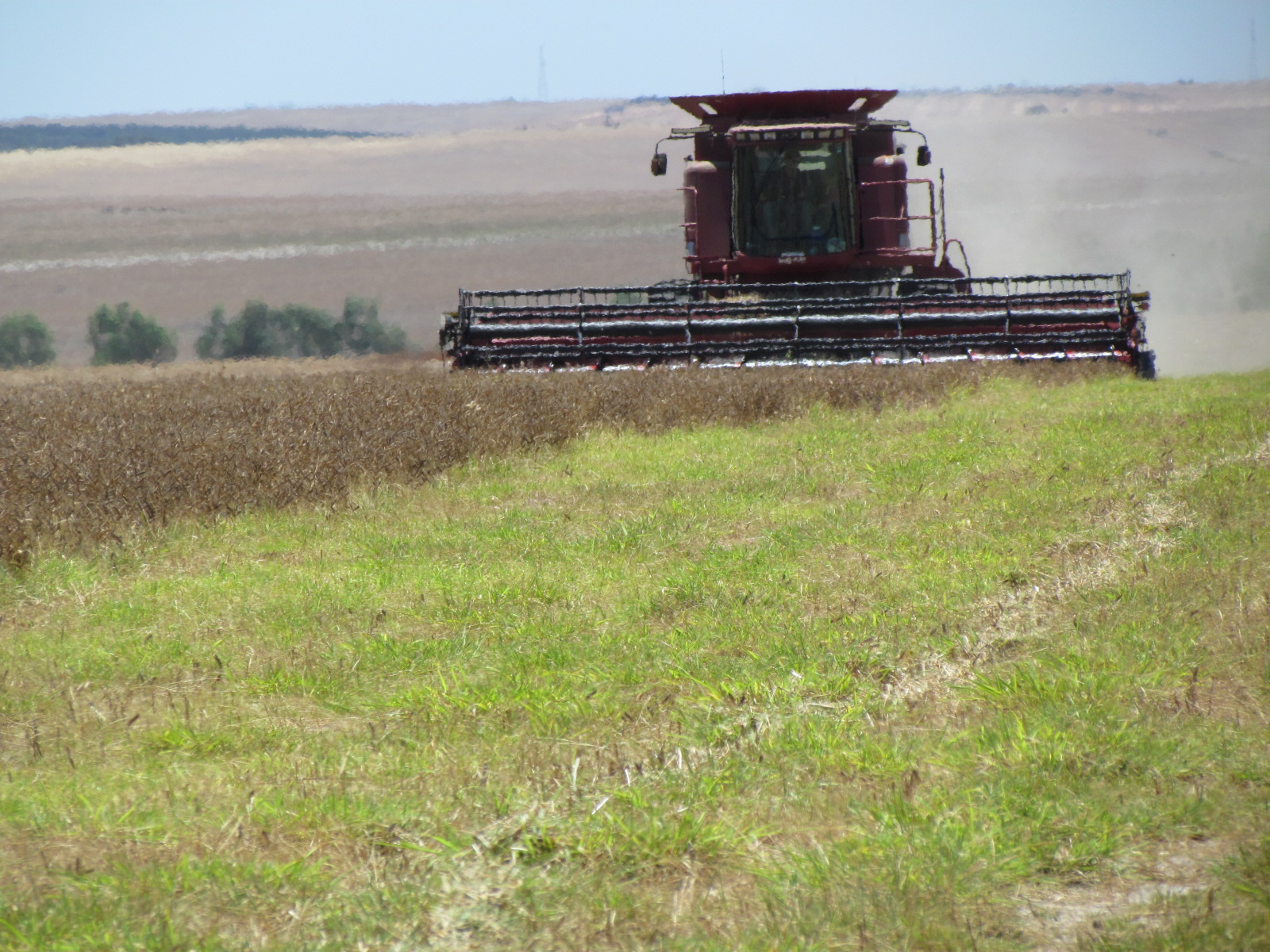For those of you practicing planned, rotational grazing, can you remember the AMAZING change in your pasture when you first moved from set stocking to a planned/rotational grazing?
Phenomenal wasn’t it? I bet nearly any of the advances since then have not been as dramatic as what that initial change was?
For those of you not practicing planned grazing, it is these fantastic outcomes that keep the rest of us in this regenerative and low or no input system.
Hold these thoughts….
Dick Richardson is an educator and grazier at Boorowa in southern NSW, Australia. He is originally South African, where he practiced HM principles and he now does similar in Australia. It was Dick that suggested to me that “too much grass is a bigger problem than not enough grass”, that I mentioned in a previous blog. It is fantastic to speak to Dick about how to optimise planned grazing, as he puts a very practical slant on planned grazing that is both production and regeneration focused. Now before I go on to talk more about Dick’s thoughts on grazing, I will link you back to the question from the start.
Can you remember the AMAZING change in your pastures that you got when you first moved from set stocking to planned/rotational grazing?
Has there been any pasture advances since, that have surpassed that initial pasture boost from the change in management? This is what Dick advocates – it is the CHANGE in the system that is kick starting something great in the soil and in the pastures. This change may be from set stocking to rotational, or from low density to high density or from a completely ‘spelled paddock’ (ie. 12 months) to an intensively grazed paddock. It may be grazing one paddock as the first with new spring growth, but leaving this as the last grazed spring growth the following year.
So the message is to mix it up as much as possible.
What are the variables in a paddock that can be altered to achieve this desired change?
Continue reading “‘CHANGE’ AS A LAND HEALER” »

